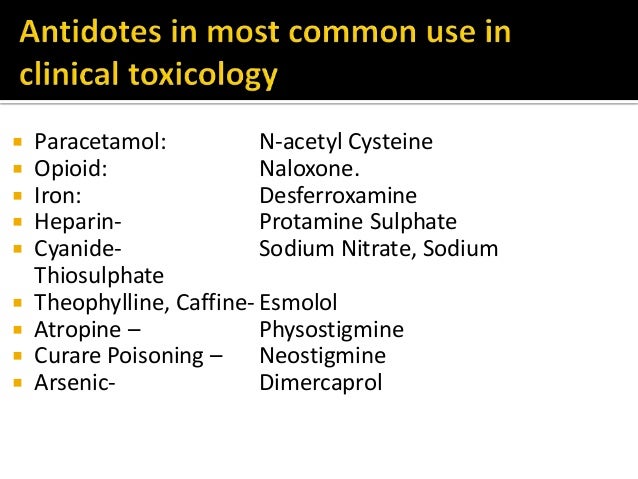

🚩 Naloxone should be stored at room temperature and should be kept away from light. 🚩 Naloxone will not cause any harm if injected to a person who is not having an overdose. 🚩 It is important to continue supporting the person for a couple of hours following overdose. 🚩 It takes one to five minutes to act, and lasts for 60-90 minutes it’s possible for overdose to return because Naloxone wears off faster than heroin and other opiates. 🚩 Naloxone may cause withdrawal feelings, especially at higher doses or if given intravenously. 🚩A normal dose is 1 to 2ml (0.4 to 2 mg ) it is safe to give more, or to repeat dose if the first doesn’t work. It is best to inject in the upper arm or thigh. 🚩 It can be given by intramuscular injection and subcutaneously in case Intravenous injections are not feasible.

🚩 Naloxone has no potential for abuse and has been included in the WHO Model List of Essential Medicines for many years. It has no effect on non-opioid drugs (like Vint, Valium, LSD, etc). It should not be used when there is a high risk of seizures (e.g., known ingestion of a drug associated with convulsions or mixed ingestion of unknown drugs).🚩 Naloxone is a safe, effective antidote to opioid overdose. It may be used with caution in patients with pure benzodiazepine poisoning who have severe respiratory depression and would otherwise require mechanical ventilation.įlumazenil should never be used as a diagnostic test and must only be administered by a clinician with expertise in its use. The risks associated with use of flumazenil, a benzodiazepine antagonist, outweigh any potential benefits for most patients. Acute management consists of maintaining airway, respiration, and haemodynamic support while excluding other diagnoses. The effects of benzodiazepines may be potentiated if taken in combination with other central nervous system (CNS) depressants, such as alcohol and opioids. Larger doses can cause coma, respiratory depression, and, without appropriate treatment, even death, particularly in the context of mixed ingestion with other CNS depressants. The key feature of overdose is excessive sedation. Benzodiazepine overdose can be intentional (e.g., as an act of self-harm), as part of recreational misuse, or accidental (e.g., medication error).īenzodiazepines are the most commonly prescribed medications for anxiety, sedation, and sleep.


 0 kommentar(er)
0 kommentar(er)
